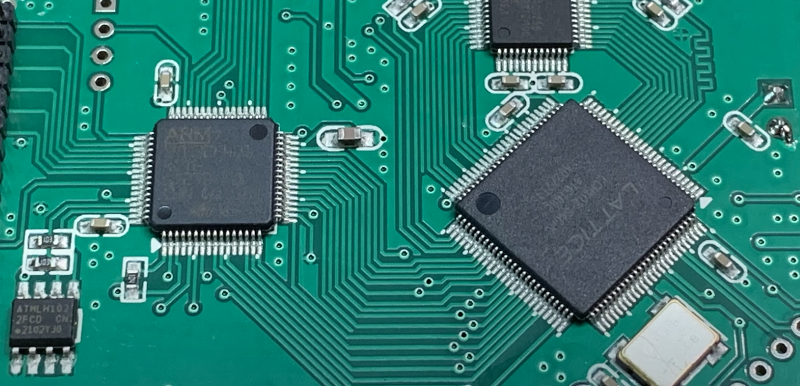
There was a time when calculators became so powerful it was hard to tell them from little computers. The same thing seems to be happening now with multimeters. They now often have large screens and basic oscilloscope functionality. The specs keep getting better. While early cheap scopemeters were often relatively low frequency, many are now claiming bandwidths that would have cost quite a bit a few decades ago. A case in point is the Mustool MDS8207 which [IMSAI Guy] reviews and does a teardown of in the videos you can see below. It claims a 40 MHz bandwidth with 200 megasamples per second on a single channel.
The only downside in the claimed specifications is that the sensitivity isn’t great given that the lowest setting is 500 mV per division. Then again for a meter that runs under $100, any scope function would seem to be a bonus. The meter does all the other things you expect a meter to do these days, such as reading voltage, frequency, capacitors, temperature, etc. The response time of the meter is relatively slow, but you can get used to that.
The scope portion uses the meter probes, so you won’t have a proper scope probe. At higher frequencies, the meter had a little trouble triggering, but it did give you an idea of the waveform. After 30 MHz or so the amplitude reading was also a little suspect.
Sometimes, though, seeing the basic shape of the waveform is all you need. It is a shame the meter portion isn’t a little faster because if you had a great $100 meter that also had a scope, that might be useful. But it wasn’t bad — it just seems like you can get a nicer meter for $100.
In the teardown video, you can see that there isn’t much inside and nothing surprising. The fuses, though, are soldered in and hard to get to, so you probably don’t want to blow the fuses.
The verdict? [IMSAI Guy] seemed to think the meter was OK. We’ve seen better scopemeters, for a little more. We’ve also seen adequate meters for a lot less.
0 Commentaires